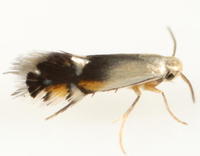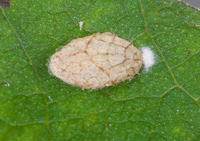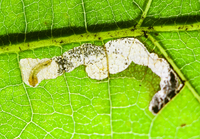
| Recorded by: Mark Basinger on 2025-10-03
Anson Co.
Comment: | 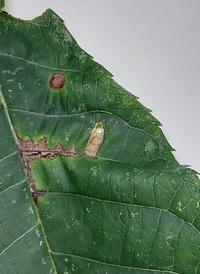
| Recorded by: Mark Basinger on 2025-08-15
Ashe Co.
Comment: |

| Recorded by: Mark Basinger on 2025-08-09
Alamance Co.
Comment: | 
| Recorded by: Mark Basinger on 2025-08-09
Alamance Co.
Comment: |

| Recorded by: Mark Basinger on 2025-08-09
Wilkes Co.
Comment: | 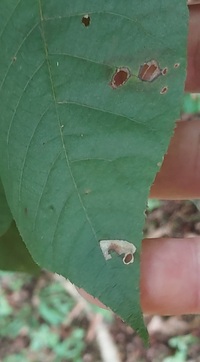
| Recorded by: Mark Basinger on 2025-08-02
Rowan Co.
Comment: |

| Recorded by: Mark Basinger on 2025-08-01
Stanly Co.
Comment: | 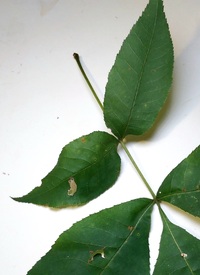
| Recorded by: Mark Basinger on 2025-07-12
Davidson Co.
Comment: |

| Recorded by: Mark Basinger on 2025-06-14
Rowan Co.
Comment: | 
| Recorded by: Ken Kneidel on 2024-11-06
Mecklenburg Co.
Comment: |

| Recorded by: Ken Kneidel on 2024-11-06
Mecklenburg Co.
Comment: | 
| Recorded by: Ken Kneidel on 2024-11-06
Mecklenburg Co.
Comment: |

| Recorded by: Dean Furbish, Lior S. Carlson on 2024-08-12
Pamlico Co.
Comment: | 
| Recorded by: Stephen Dunn on 2024-07-11
Orange Co.
Comment: |
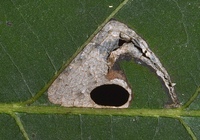
| Recorded by: Stephen Dunn on 2024-07-11
Orange Co.
Comment: | 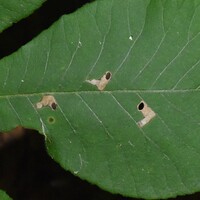
| Recorded by: David George, Jeff Niznik on 2024-06-10
Chatham Co.
Comment: |
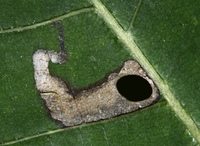
| Recorded by: Stephen Dunn on 2023-07-12
Orange Co.
Comment: | 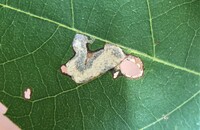
| Recorded by: Dean Furbish on 2023-07-01
Wake Co.
Comment: |
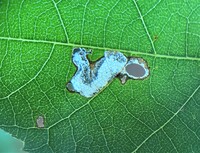
| Recorded by: Dean Furbish on 2023-07-01
Wake Co.
Comment: | 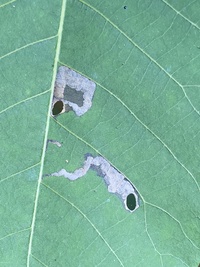
| Recorded by: David George on 2023-06-05
Orange Co.
Comment: |
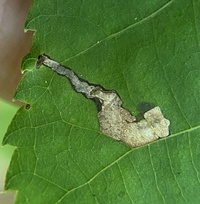
| Recorded by: David George, Tracy Feldman on 2023-05-16
Orange Co.
Comment: | 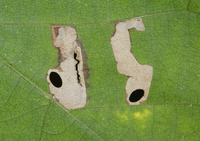
| Recorded by: Jim Petranka and Becky Elkin on 2022-09-13
Rutherford Co.
Comment: |

| Recorded by: Jim Petranka and Becky Elkin on 2022-09-13
Rutherford Co.
Comment: | 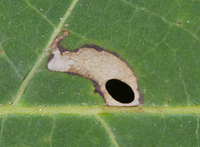
| Recorded by: Jim Petranka and Becky Elkin on 2022-08-24
Macon Co.
Comment: |

| Recorded by: Jim Petranka and Becky Elkin on 2022-08-24
Macon Co.
Comment: | 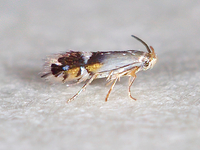
| Recorded by: Jim Petranka and Becky Elkin on 2022-07-30
Buncombe Co.
Comment: An adult that was reared from a mine on Bitternut Hickory. Mine on July 9; adult emerged on July 30, 2022. |
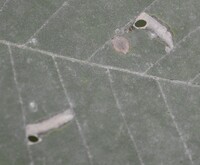
| Recorded by: Tracy S. Feldman on 2022-07-26
Durham Co.
Comment: | 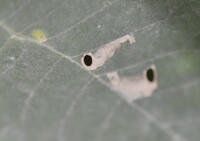
| Recorded by: Tracy S. Feldman on 2022-07-26
Durham Co.
Comment: |

| Recorded by: Jim Petranka on 2022-07-26
Randolph Co.
Comment: | 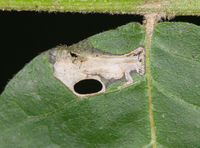
| Recorded by: Jim Petranka on 2022-07-24
Montgomery Co.
Comment: |
|

 »
»